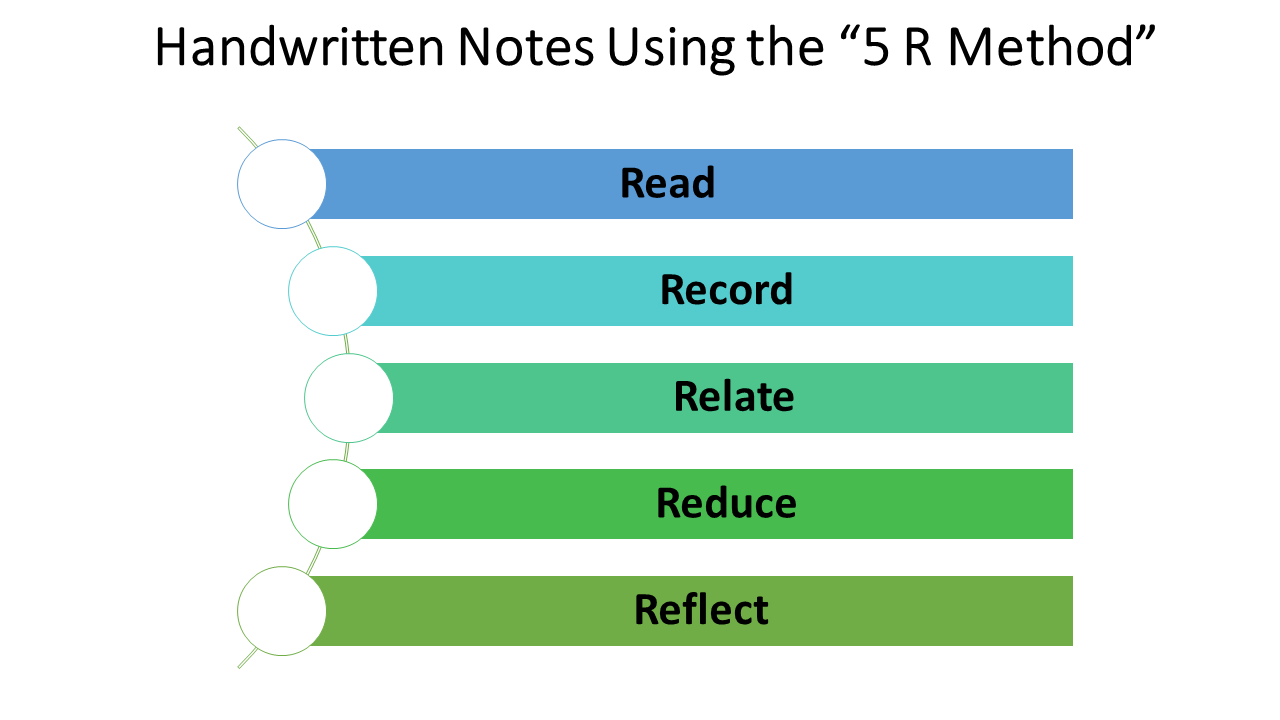You must take accurate, informative, point-form notes before writing the rough draft of your essay or report.
As you read and take notes, you analyse and organize the information in your sources. Using a system for taking notes helps simplify the process and later makes writing your essay easier. Generally, you will be making three kinds of notes:
Summarising: When you summarize you condense ideas, details, and supporting arguments in point form using your own words. Summarizing is useful for recording facts, statistics, and background material.
Paraphrasing: When you paraphrase, you take the author’s idea, select what is pertinent, and restate it in your own words and sentence structure. Make sure you keep the author’s meaning.
Direct quotations: When you use a direct quotation, you copy the material directly from your source because it is important to use the author’s words directly. Make sure you copy the material carefully.
Avoiding Plagiarism
Plagiarism, which comes from the Latin word for “kidnapper”, is the act of using or passing off someone else’s ideas or words as your own. It is a serious and punishable offence. Students who plagiarize may expect a mark of zero and individual schools may also impose other serious consequences. It is important for students to realize that researched information, which is paraphrased or quoted directly, must be acknowledged in the essay.
Factual material such as statistics must also be acknowledged even if you have summarized rather than paraphrased or quoted. Common knowledge such as dates, simple definitions, or commonly known observations do not need to be acknowledged.
Using embedded citations along with a Works Cited List, allowing the reader to easily determine from where material has been taken, does crediting your sources. If you are not sure whether or not material needs to be acknowledged, always ask for clarification from your facilitator or librarian.
Systems for Taking Notes
Using a system for taking notes helps simplify the research process, helps avoid plagiarism, and later makes writing the essay easier. There are a number of methods that can be used. Choose the method that works best for you.
Handwritten Notes on Note Making Sheets
- Use the sheets shown in this booklet. The upper portion identifies information that must be recorded for citation information. Make sure you fill in this part!
- Use chapter headings, topic headings and subheadings to separate information.
- Summarize information in point form, using your own words whenever possible.
- Be sure to include page numbers, and to put quotation marks around direct quotations.
Handwritten Notes on Index Cards
- Initially, prepare an index card for each source, identifying the title, author, publisher, date, city of publication and any other pertinent information.
- Assign this card a number, or use the author’s name when making up the note cards from that particular resource.
- As you read each book or article, record each point of information on a separate index card, grouping the cards together according to topic. Be sure to include page numbers, and to put quotation marks around direct quotations. Put the author’s name or the assigned number in the corner of each card for citation purposes.
- As you work you can assign a brief heading to each note card to help you organize your notes.
Handwritten Notes Using the “5 R Method”
- Use the sheet titled “5R Page for Recording Information”. Fill in the upper portion, which is necessary for completing your Works Cited List.
- As you read each book or article, make point form notes of the important ideas and write them in the “Record” column. Use your own words whenever possible, include page numbers, and put quotation marks around direct quotations.
- While recording information, also jot down in the “Relate” column any connected ideas or information that you already know about this topic.
- Think of movies, TV programs, personal experience, books read or people that are related to the topic. This is one way of enriching and personalizing your work.
- At the end of recording your notes, reduce the information to three to five main ideas and write them in the “Reduce” column. These ideas may eventually become the paragraph or section headings of your essay.
- Finally, think about the theme or thesis of the book or article and write it down in your own words in the “Reflect” column. This may become the main thesis of your final product or one of the main arguments to support your thesis.

Notes Word Processed on a Computer
- Type the title, author, publisher, date, city of publication and any other pertinent information for each resource.
- Record information in point form just as you would write it. by hand including page numbers and quotation marks. Leave several lines between facts or points so that you can easily move
Click here to download a handout that explains note taking.
